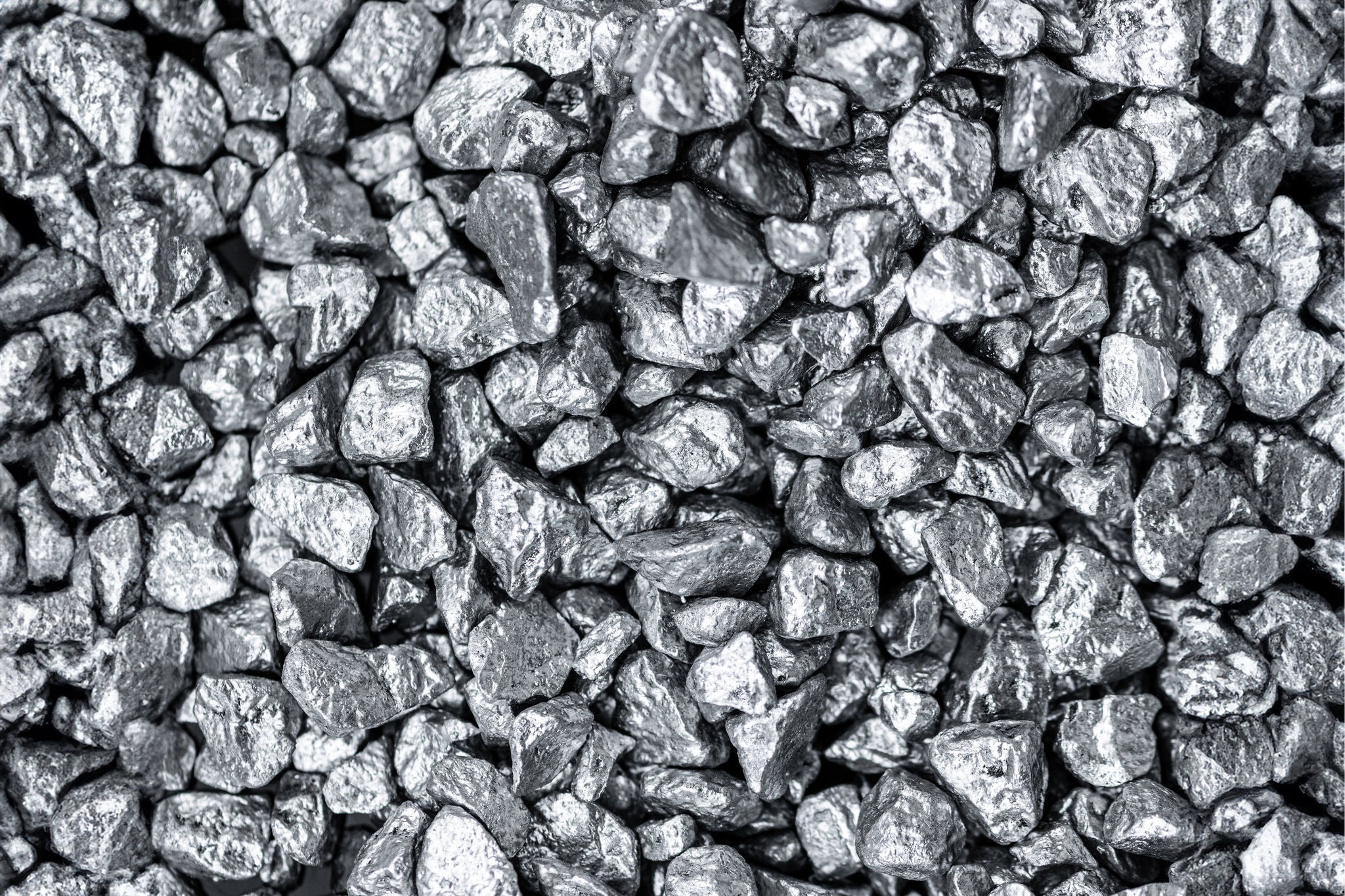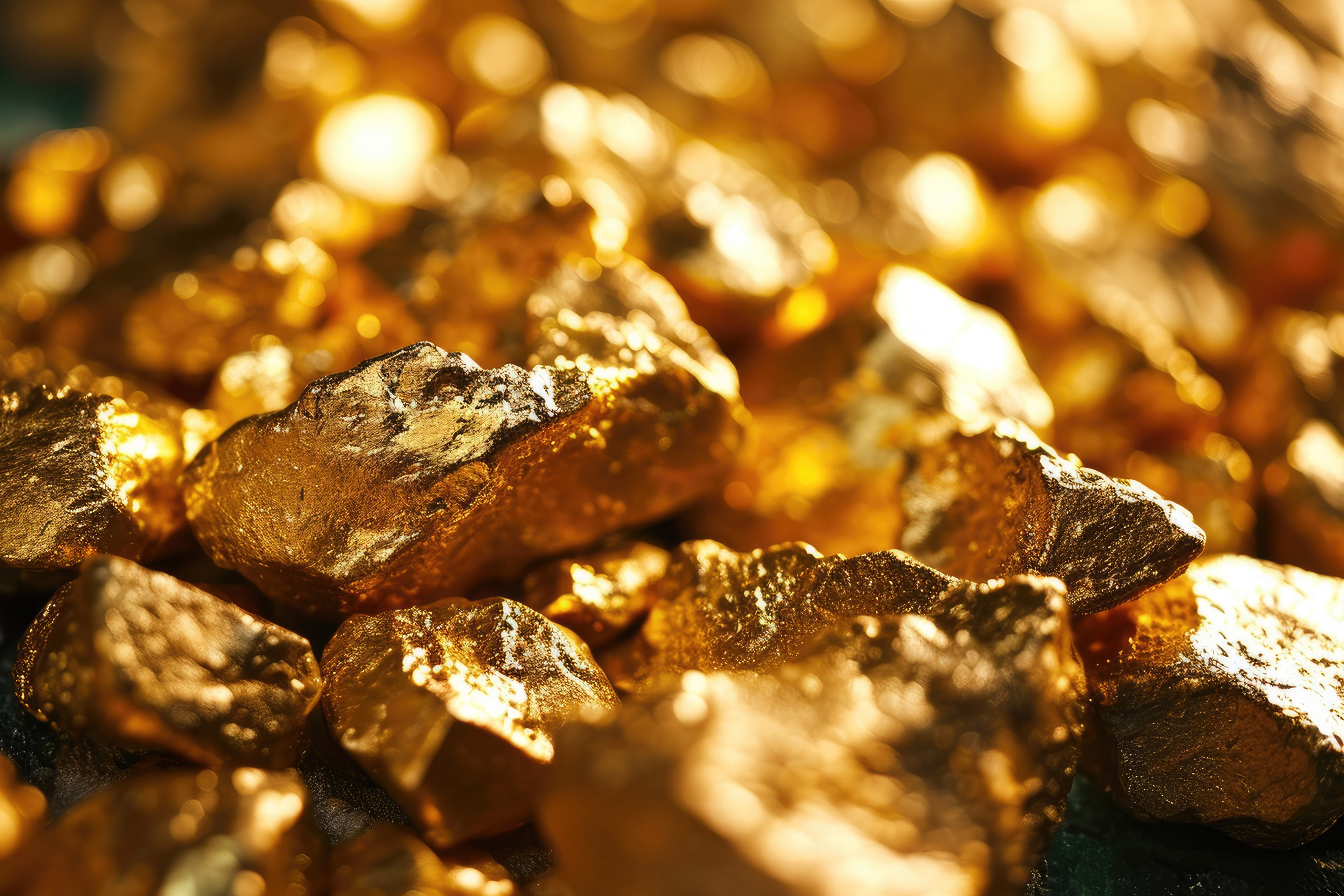EY refers to the global organization, and may refer to one or more, of the member firms of Ernst & Young Global Limited, each of which is a separate legal entity. Ernst & Young Global Limited, a UK company limited by guarantee, does not provide services to clients.
How EY can help
-
EY-Parthenon teams help energy and resource companies maximize value while reshaping their businesses to meet tomorrow’s energy needs. Learn more.
Read more
Silver miners' current focus
Exploration activity for primary silver was down 11%; production also declined
After a surge in exploration activity in 2022, miners were prudent in making investments in 2023 as metal prices remained volatile. Exploration budgets for gold, copper and zinc-lead are estimated to be down 8% year over year to US$9.4b, mainly due to a 16% decline in gold budgets.⁴ Moreover, primary silver exploration budgets were down 11% year over year to US$556m, with LatAm budgets down 9% to US$337m and the US budget down 28% to US$77m.⁵
Overall mined silver production is also estimated to have fallen by 2% year over year to 820 Moz in 2023, mainly with lower output from Mexico and Peru due to temporary mine suspensions and operational challenges.⁶
Rising regulatory and political challenges are impacting key mining operations
LatAm continues to face regulatory uncertainty, impacting miners’ long-term investment plans.
Mexico, which accounted for the highest production share of 24% with 226Moz, reformed its mining law, reducing mining concession terms from 50 years to 30.⁷,⁸ Moreover, the new law has stricter regulations on water usage, consultation with indigenous communities, the public bidding process for mine concessions and ministry approval requirements for the transfer of mine concessions. As a result, junior miners and exploration companies, which are at higher risk of impact due to increased regulatory permits, are reconsidering investment plans in the region.
Some miners are reevaluating their investment plans in Chile owing to a new mining royalty that considers an ad valorem component (1%) and an operating margin component (8% to 26% for large mining companies), according to level of sales and the minerals exploited.⁹ Such protests are likely to impact new project pipeline over the coming years.
Jewelry demand declined in major Asian markets
After a 29% surge in 2022, jewelry demand is estimated to have declined 22% year over year to 182 Moz in 2023 due to higher prices and the greater lucrativeness of gold as an alternative investment asset during economic uncertainty in some regions.¹⁰
The demand decline was mainly driven by lower sales in the Indian market as the pent-up demand subsided in 2023. Consequently, imports in India fell 63% year over year to 111 Moz.¹¹
Over the coming quarters, Asian regions, especially India and China, will continue to drive jewelry demand growth.
Industrial demand to grow the most, especially from solar capacity requirements
In 2023, demand for silver from the industrial sector grew by an estimated 8% year over year, with continued investments in energy transition initiatives, in particular from demand growth in photovoltaic capacity, which is expected to further grow over the coming years.¹² Growth in demand for electric vehicles (EVs) and electronic appliances, along with the rise in investments in 5G networks and power generation and distribution systems, will also be key in contributing to long-term demand.






